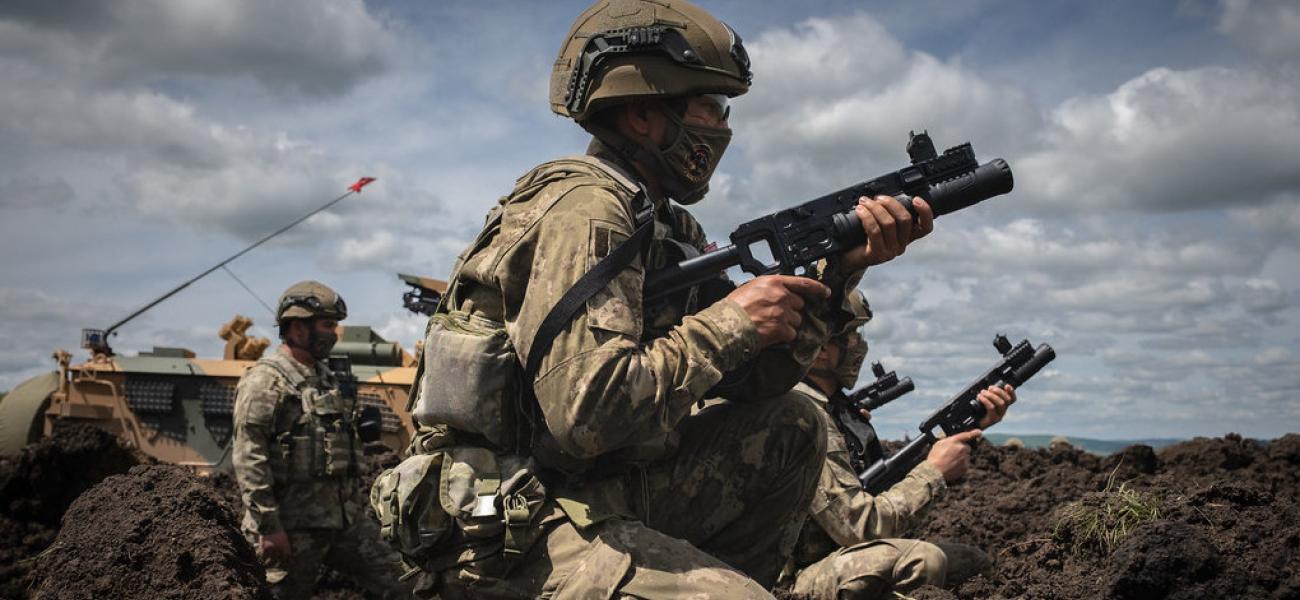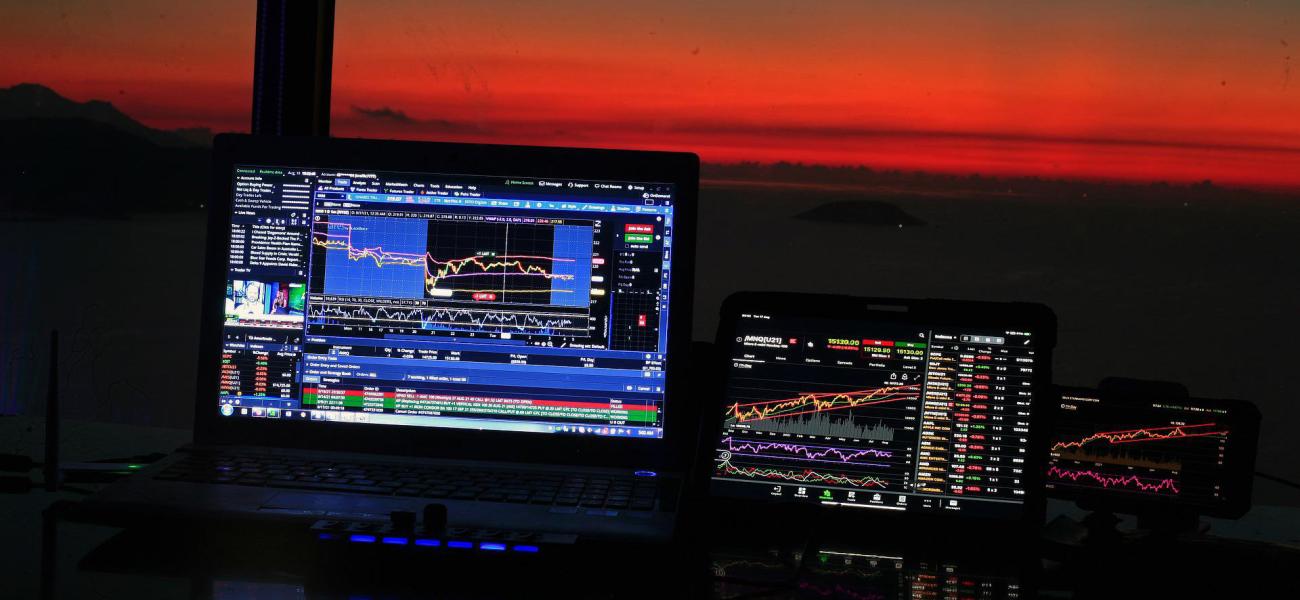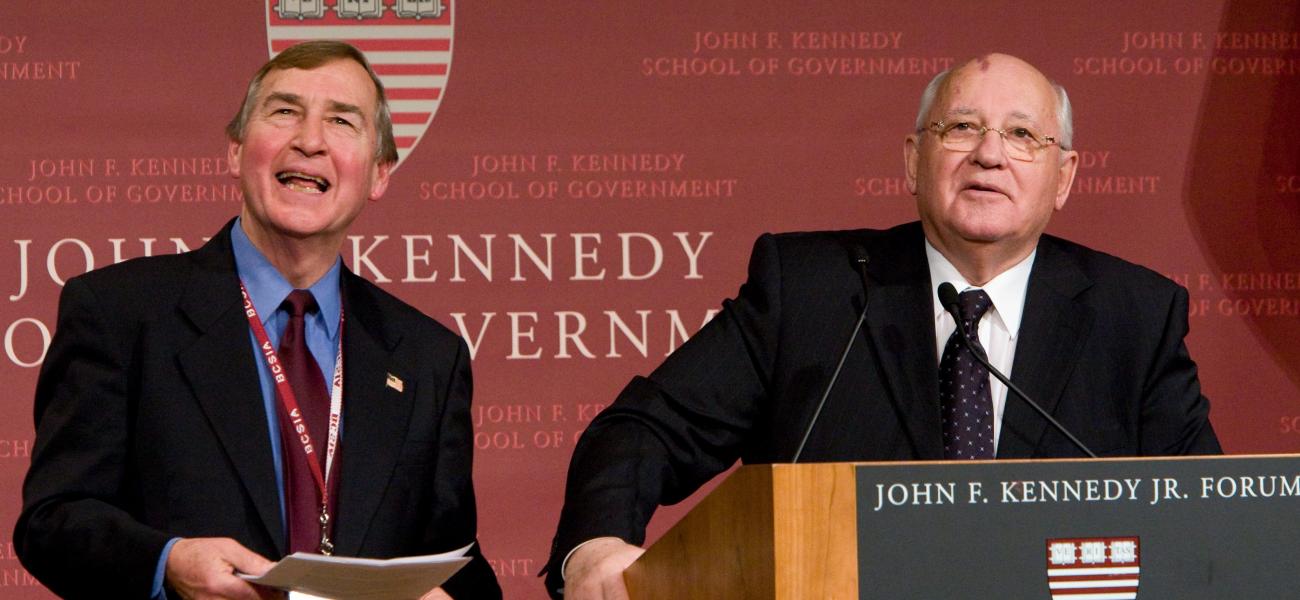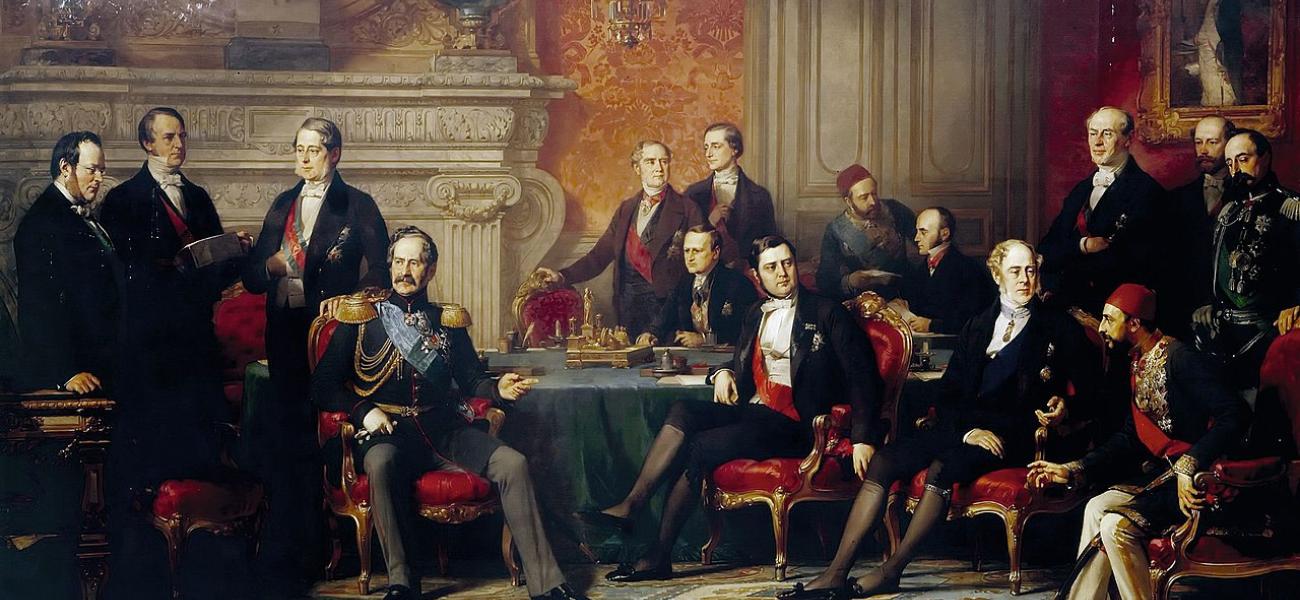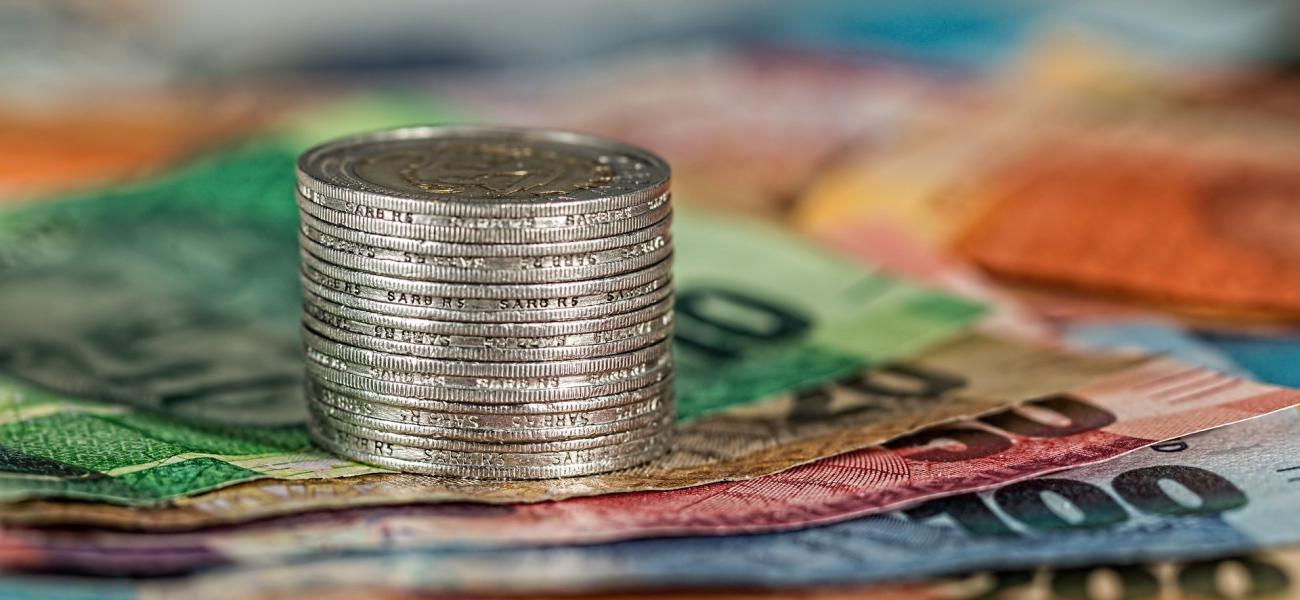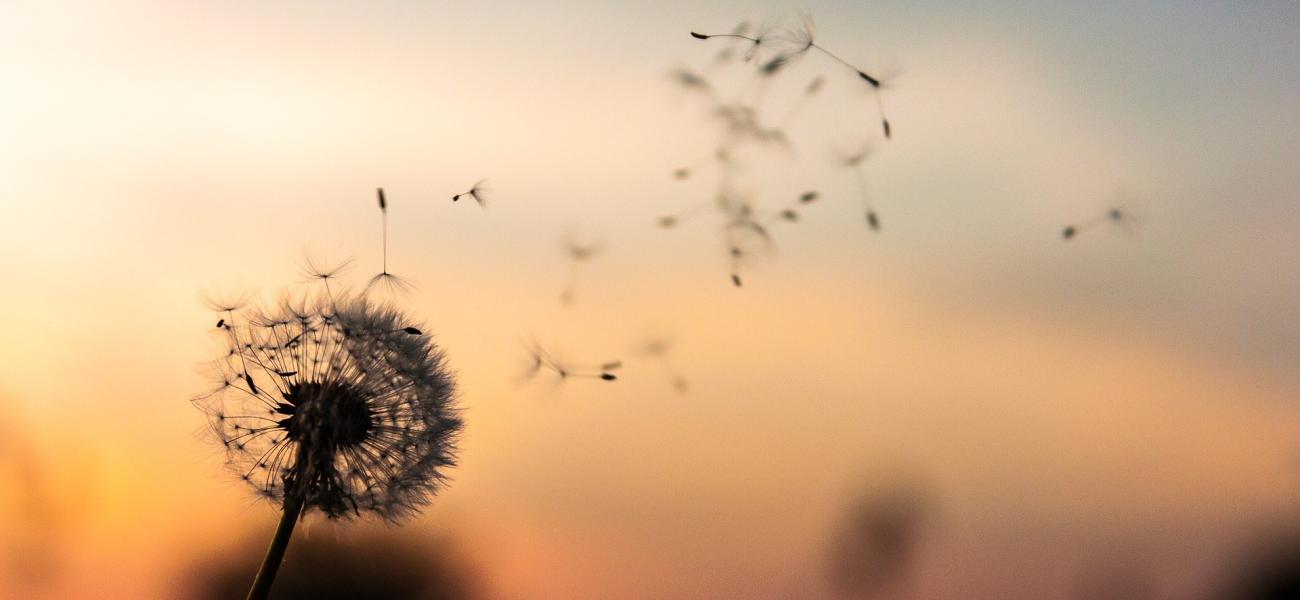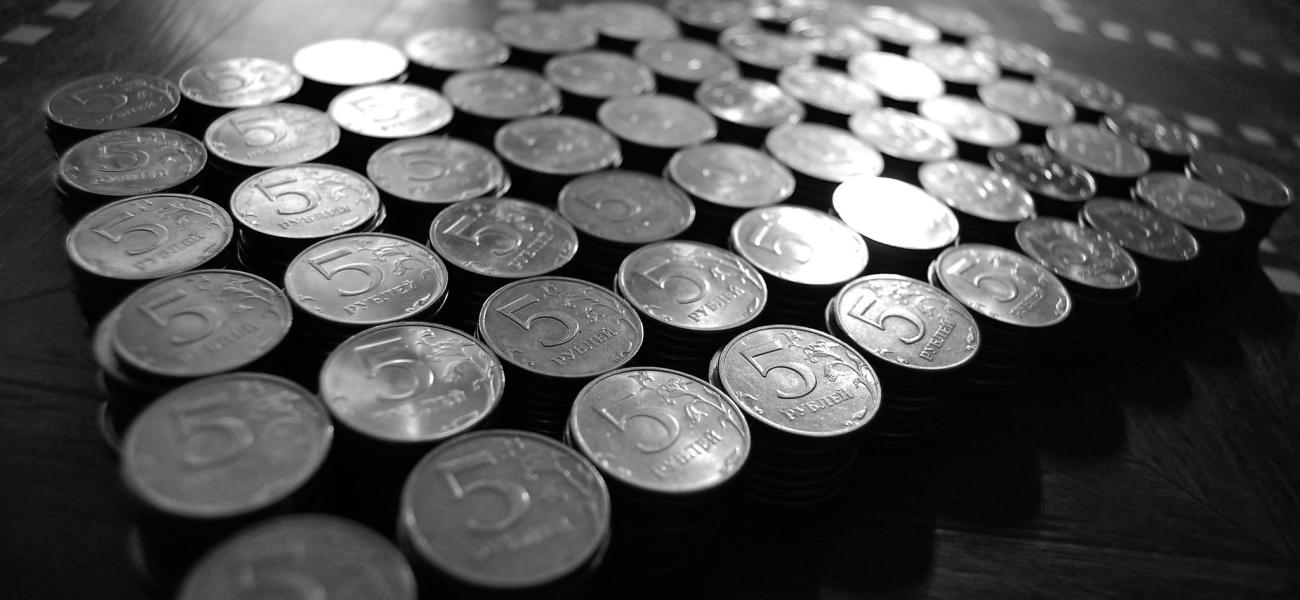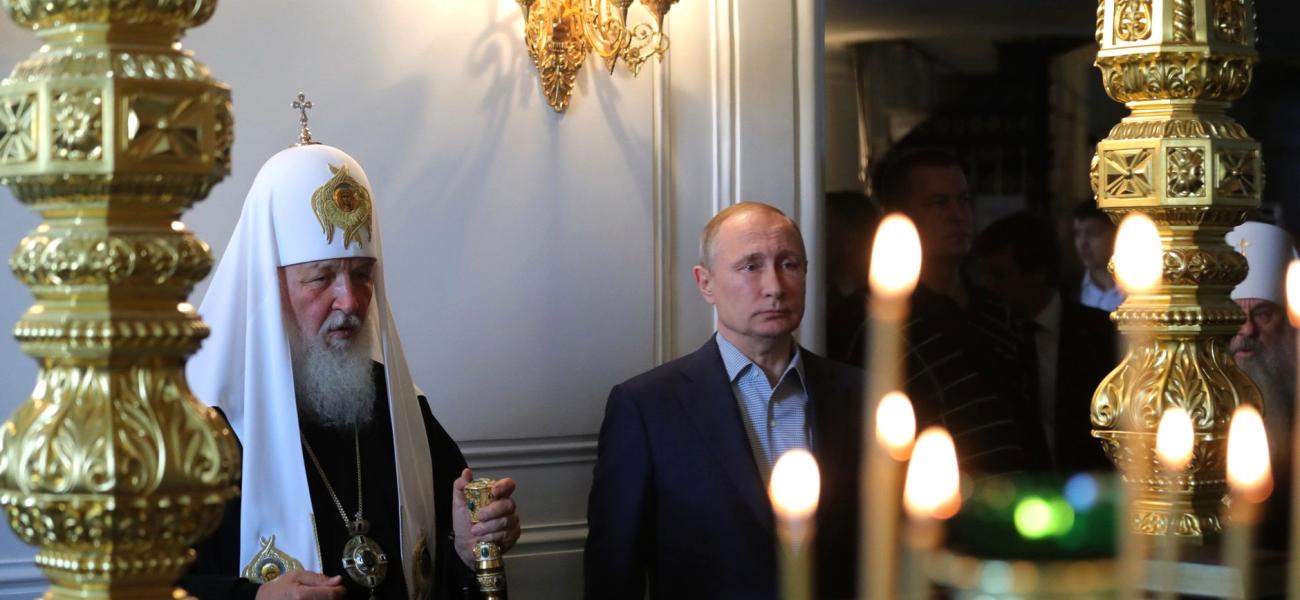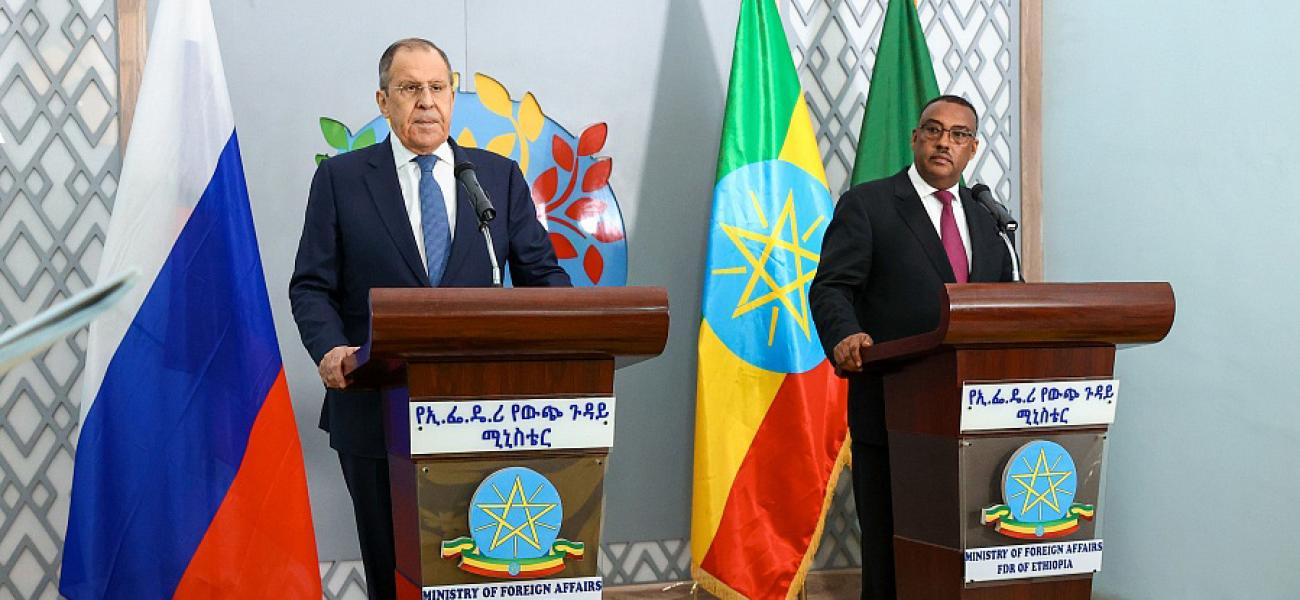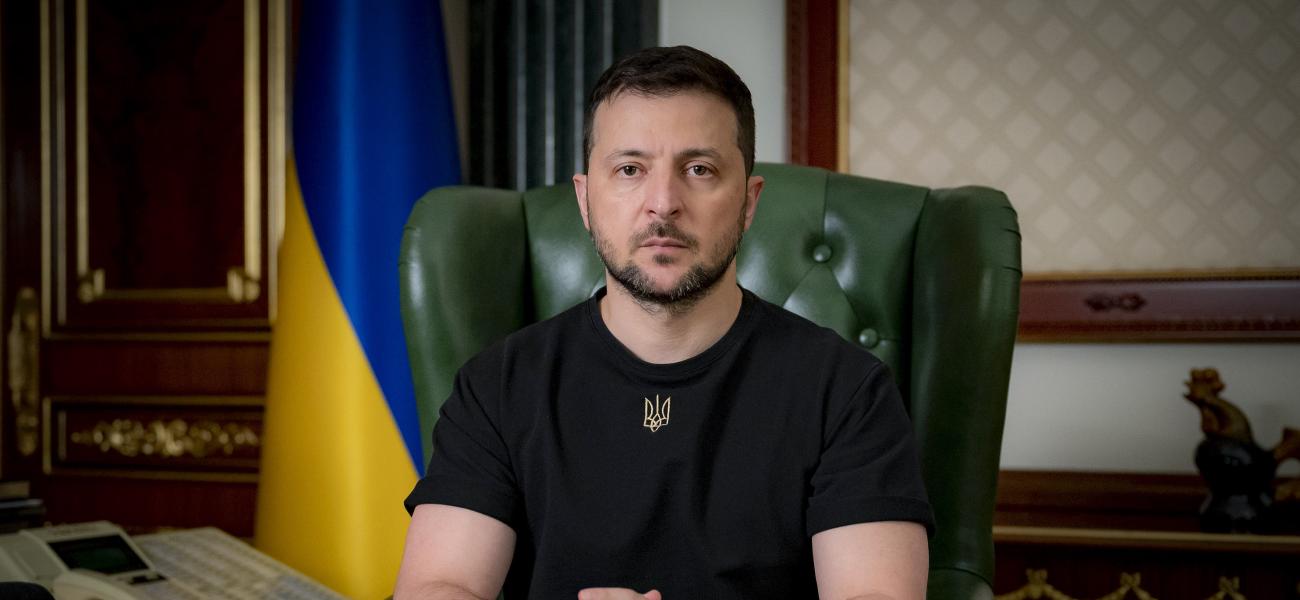Next week NATO plans to conduct a major exercise in Europe. The two-week-long exercise, known as Steadfast Noon and set to begin Oct. 17, will practice the handling of and attacks with non-strategic nuclear weapons and aircraft from more than half a dozen NATO countries.
The NATO exercise will more or less overlap with a Russian nuclear exercise—Grom (or Thunder)—that will practice deployment of strategic nuclear forces and possibly include test launches of nuclear missiles.
These exercises happen every year and officials insist they are not directly linked to any current world events. Except this year, they are happening at the height (so far) of the worst NATO-Russia crisis since the Cold War. Russia is continuing its seven-plus-month brutal war in Ukraine but is losing, and Russian officials are threatening use of nuclear weapons if NATO interferes directly or attacks Russian territory. The rhetoric from both sides is escalating day by day.
This is inherently dangerous because it increases the perception of threats even further and can lock the two sides deeper into escalating nuclear posturing.

